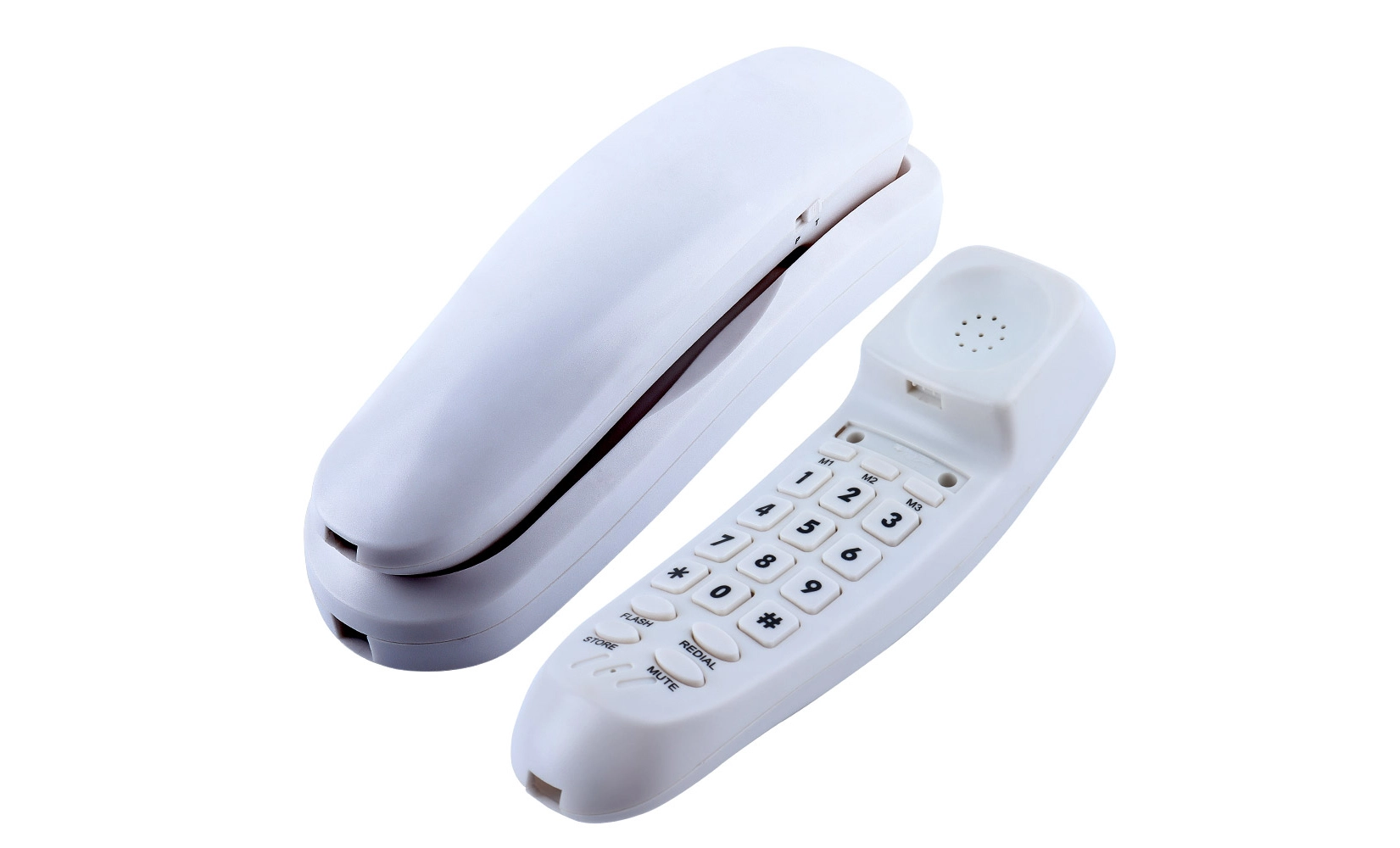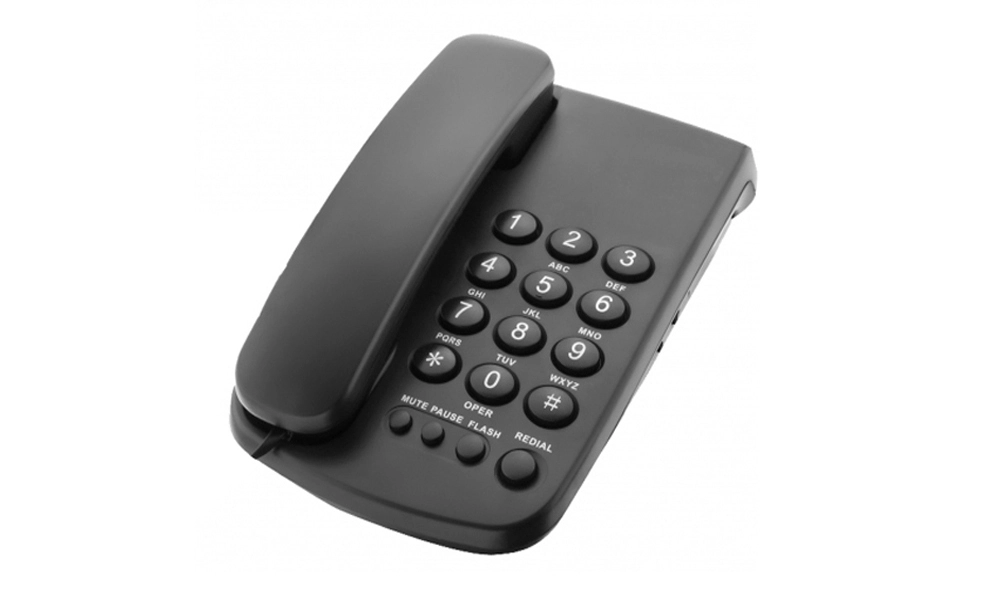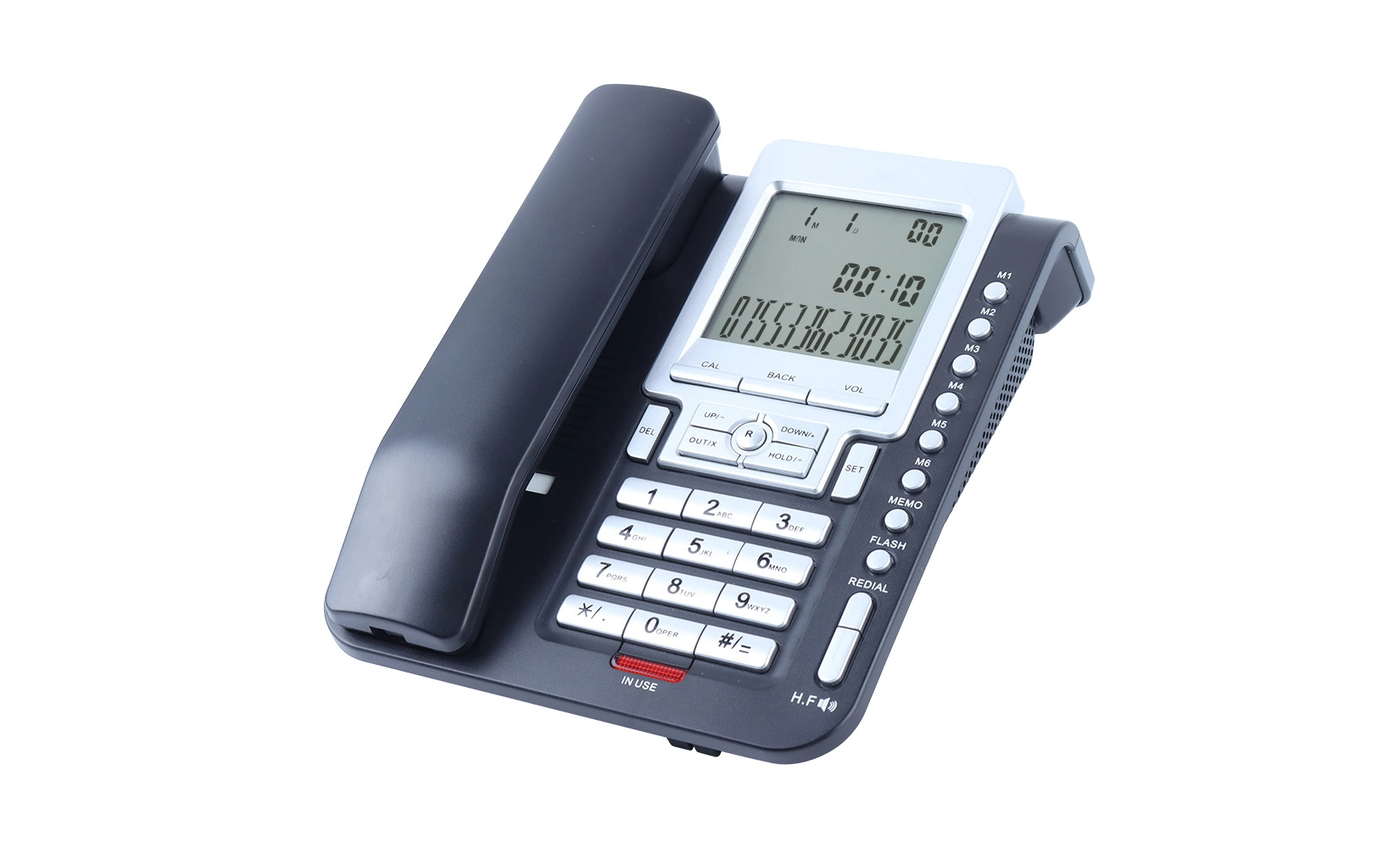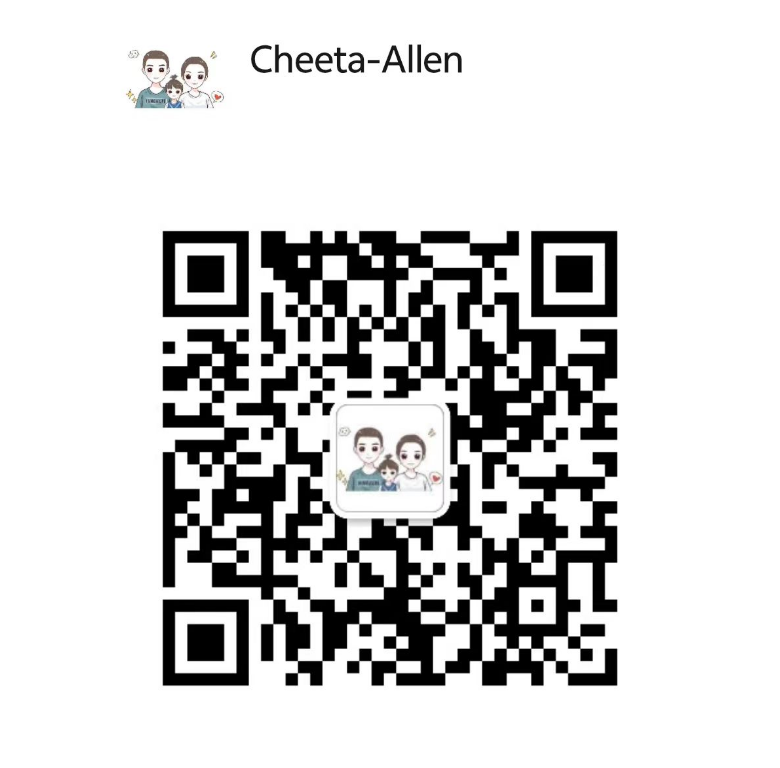The Evolution of Telephone Technology: From Rotary to VoIP
The journey from rotary audio telephones to modern VoIP systems is a fascinating tale of technological progress. Rotary phones, with their iconic circular dial and mechanical pulse dialing, were the standard for much of the 20th century. These devices operated on analog networks, using electrical pulses to transmit dialing information and voice signals.
As technology advanced, touch-tone phones replaced rotary dials, introducing dual-tone multi-frequency (DTMF) signaling. This shift marked a significant improvement in dialing speed and accuracy. However, the real revolution came with the advent of digital telephony and, subsequently, VoIP technology.
VoIP systems convert voice signals into digital data packets, transmitting them over the internet rather than traditional telephone lines. This innovation brought numerous advantages, including cost-effectiveness, flexibility, and enhanced features like video calling and instant messaging.
The Charm of Rotary Audio Telephones in a Digital Age
Despite the prevalence of modern communication devices, rotary audio telephones retain a unique appeal. Their tactile nature, distinctive sound, and nostalgic value continue to captivate enthusiasts and collectors. Some appreciate the deliberate pace of dialing, viewing it as a mindful act in contrast to the rapid tapping on smartphone screens.
Moreover, rotary phones possess a durability and simplicity that many modern devices lack. Their robust construction and mechanical components often outlast their electronic counterparts, making them reliable options for certain applications or as backup communication devices.
Bridging the Gap: Connecting Rotary Phones to VoIP Networks
Integrating rotary audio telephones with VoIP systems requires overcoming the fundamental differences between analog and digital technologies. This challenge has spawned innovative solutions that allow these classic devices to function in modern networks.
The primary tool for this integration is the Analog Telephone Adapter (ATA). An ATA serves as a bridge between the analog signals of a rotary phone and the digital world of VoIP. It interprets the pulse dialing from the rotary mechanism and converts it into digital signals that VoIP systems can understand.
The Role of Analog Telephone Adapters (ATAs)
ATAs typically feature an RJ11 port for connecting the rotary phone and an Ethernet port for linking to the internet. Some advanced models even offer Wi-Fi connectivity, providing greater flexibility in placement. These devices often come with built-in software that can be configured to accommodate the specific needs of rotary phones, such as adjusting for the slower dialing speed.
When a user dials a number on the rotary phone, the ATA counts the pulses, translates them into the corresponding digits, and then sends this information to the VoIP service provider. This process happens quickly enough that the user experience remains seamless, maintaining the feel of using a traditional phone line.
Challenges and Considerations in Rotary-VoIP Integration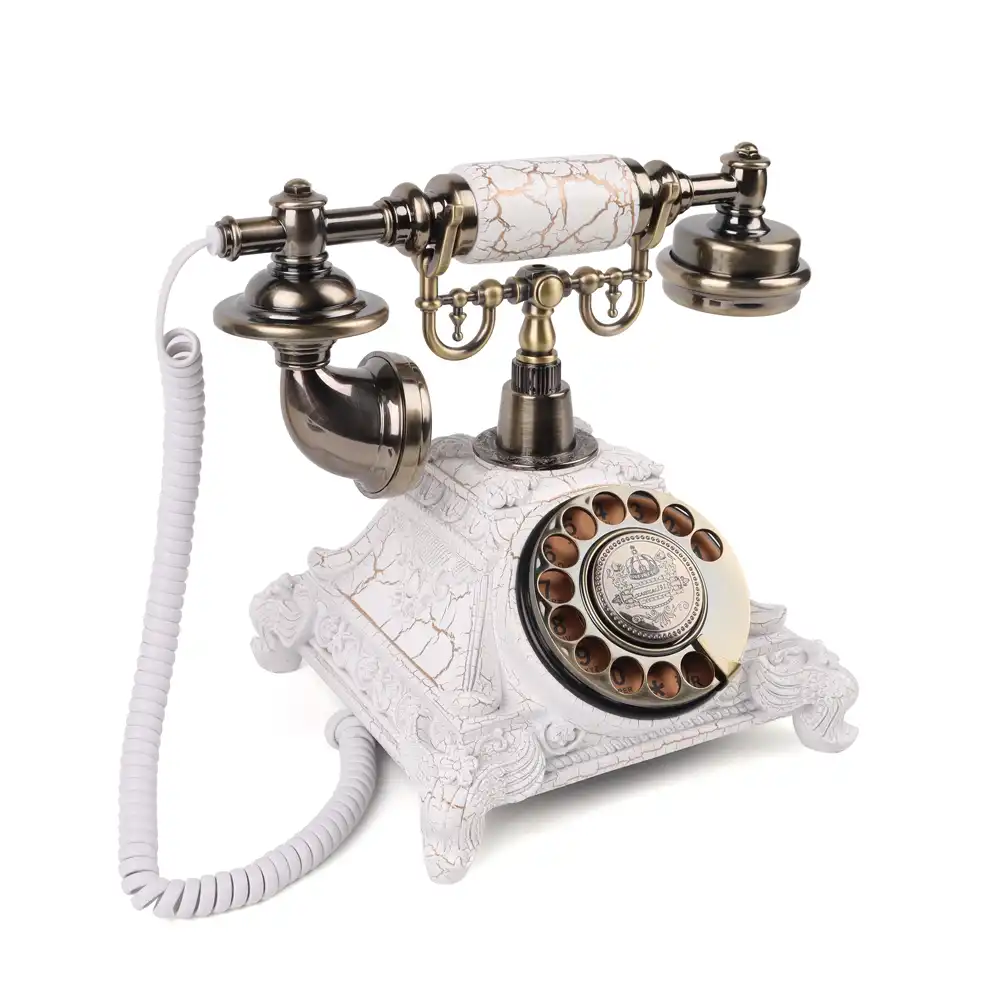
While connecting rotary audio telephones to VoIP systems is possible, it's not without its challenges. Users and installers need to be aware of several factors that can affect the success and quality of this integration.
Compatibility Issues
Not all VoIP providers or systems are equally accommodating to rotary phones. Some may have trouble recognizing or processing pulse dialing signals, even when using an ATA. It's crucial to choose a VoIP service that explicitly supports legacy devices or offers specific settings for pulse dialing.
Feature Limitations
Rotary phones lack the advanced features of modern telephones, such as call waiting, voicemail access, or conference calling. While some of these features can be managed through the VoIP system or ATA, the user interface remains limited to what the rotary phone can physically support.
Quality of Service
The quality of the phone connection can be affected by various factors, including internet speed, network congestion, and the capabilities of the ATA. Users may need to adjust their expectations or troubleshoot issues to achieve optimal performance.
Emergency Calls
It's crucial to ensure that emergency services (911 in the United States) can accurately locate the caller when using a rotary phone connected to VoIP. This may require additional configuration or registration with the VoIP provider.
Despite these challenges, many enthusiasts and organizations find value in preserving the use of rotary audio telephones. With proper setup and understanding of the limitations, these classic devices can continue to serve a purpose in the digital age, bridging the gap between telecommunications history and modern technology.
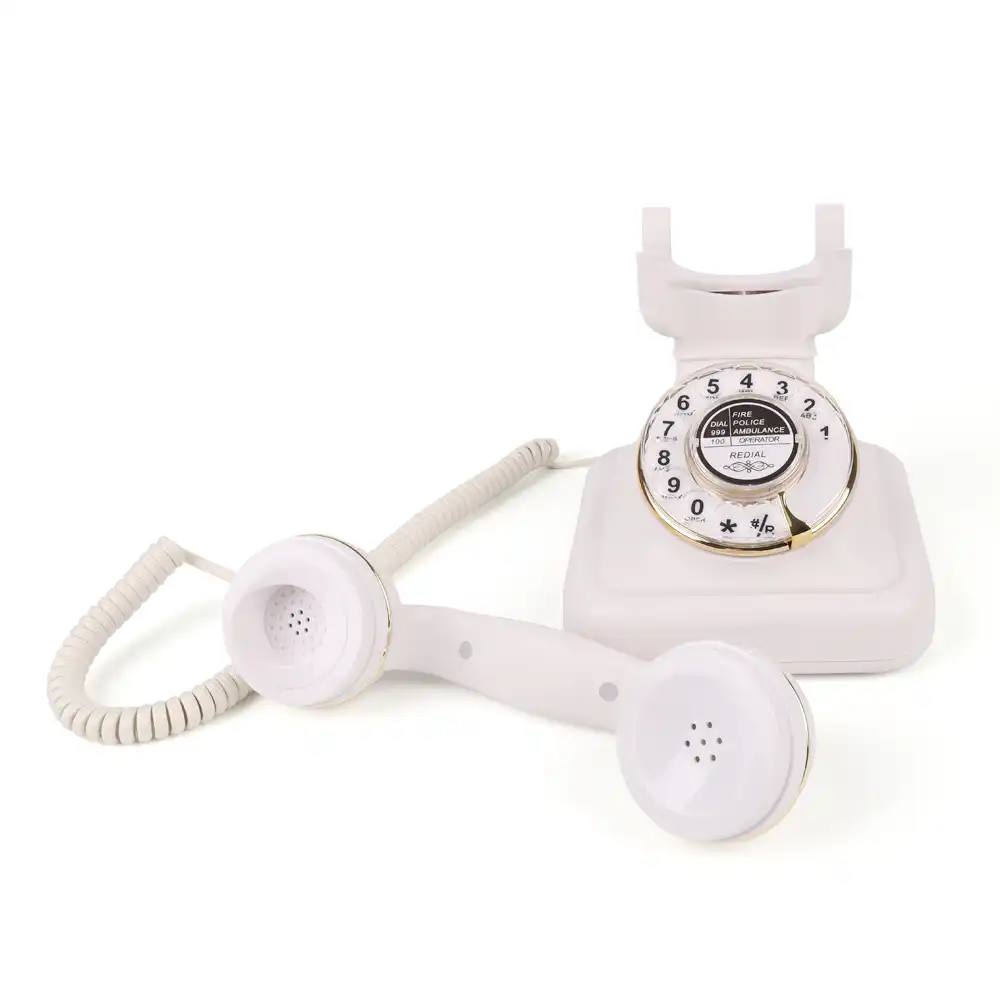 Conclusion
Conclusion
The integration of rotary audio telephones with VoIP systems represents a unique convergence of old and new technologies. While it requires some technical know-how and the right equipment, it's entirely possible to use these classic devices on modern digital networks. This capability not only preserves a piece of telecommunications history but also caters to those who appreciate the tactile and nostalgic aspects of rotary phones.
As we continue to advance in the digital age, it's heartening to see solutions that allow us to carry forward elements of our technological heritage. The ability to connect rotary phones to VoIP systems ensures that these iconic devices remain more than just decorative pieces, allowing them to function alongside the latest communication technologies.
For those considering this setup, it's important to research compatible VoIP providers, choose the right ATA, and be prepared for some trial and error in configuration. With patience and the right approach, you can enjoy the unique experience of using a rotary audio telephone while benefiting from the advantages of modern VoIP technology.
FAQ
Are all rotary audio telephones compatible with VoIP systems?
Most rotary phones can be connected to VoIP systems using an appropriate Analog Telephone Adapter (ATA). However, compatibility may vary depending on the specific model and VoIP provider.
Do I need special software to use a rotary phone with VoIP?
The ATA typically handles the necessary signal conversion. However, you may need to configure the ATA or your VoIP account settings to recognize pulse dialing.
Can I use advanced VoIP features with a rotary phone?
Basic calling functions will work, but advanced features like call waiting or voicemail access may be limited due to the rotary phone's interface.
Experience the Best of Both Worlds with Rotary VoIP Solutions | CHEETA
At CHEETA, we understand the unique charm of rotary audio telephones and the power of modern VoIP technology. As a leading manufacturer of communication devices, we offer innovative solutions to bridge these two worlds. Our expertise in analog and digital telephony allows us to provide high-quality ATAs and specialized rotary-compatible VoIP phones. Whether you're a collector, a business with legacy equipment, or simply a fan of classic technology, our factory can deliver custom solutions to meet your needs. Experience the nostalgia of rotary dialing with the benefits of VoIP by choosing CHEETA as your trusted telephone manufacturer. Contact us at allen@cheeta.com.cn to explore our rotary VoIP integration options.

References
1. Smith, J. (2022). "The Resurgence of Rotary Phones in the Digital Age." Telecommunications History Quarterly, 45(2), 78-92.
2. Johnson, A. & Lee, S. (2021). "Bridging Analog and Digital: A Comprehensive Guide to VoIP Adapters." Journal of Network Technologies, 17(3), 205-220.
3. Patel, R. (2023). "Challenges and Solutions in Integrating Legacy Telecom Systems with Modern VoIP Networks." International Conference on Communication Systems Proceedings, 112-126.
4. Brown, M. (2020). "Preserving Telecommunications Heritage: The Role of Rotary Phones in the 21st Century." Tech Heritage Magazine, 8(4), 34-41.
5. Garcia, L. & Thompson, K. (2022). "User Experience Study: Rotary Dialing vs. Touch-Tone in VoIP Environments." Human-Computer Interaction in Telecommunications, 29(1), 55-70.
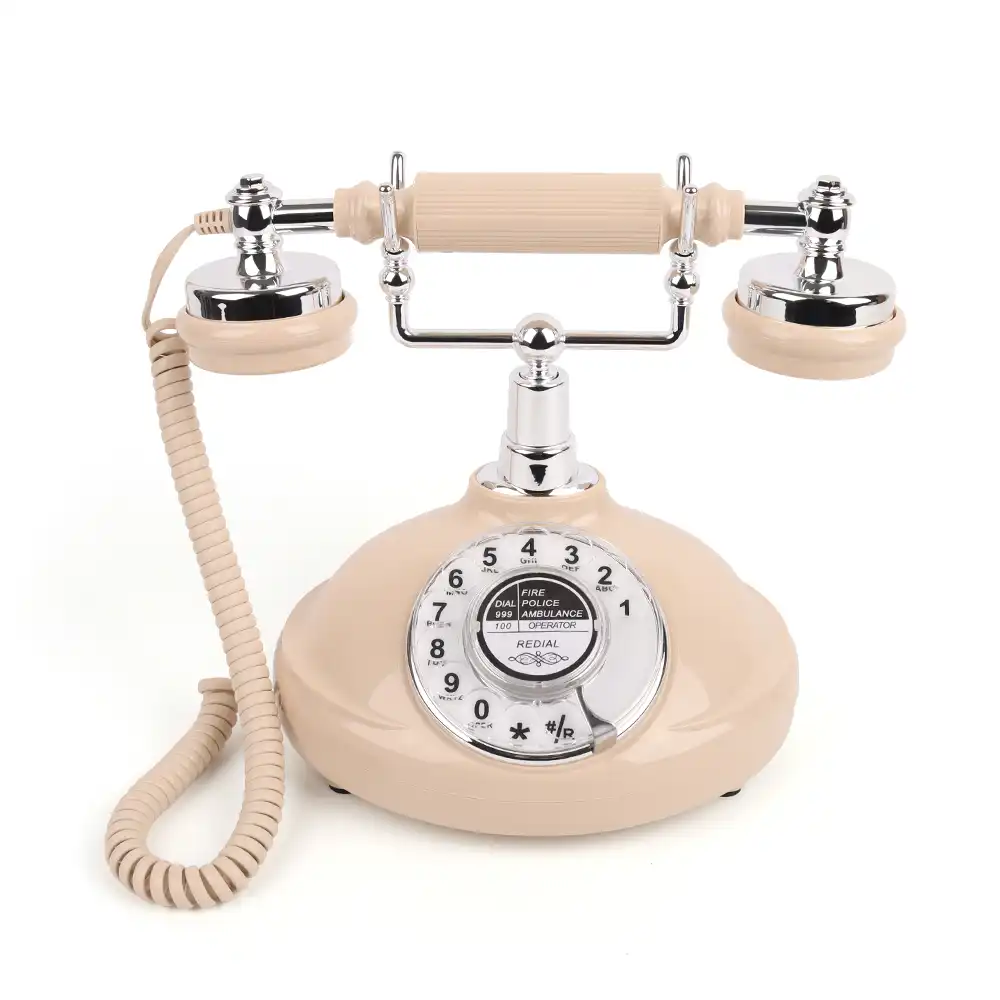 Rotary audio telephones
Rotary audio telephones

